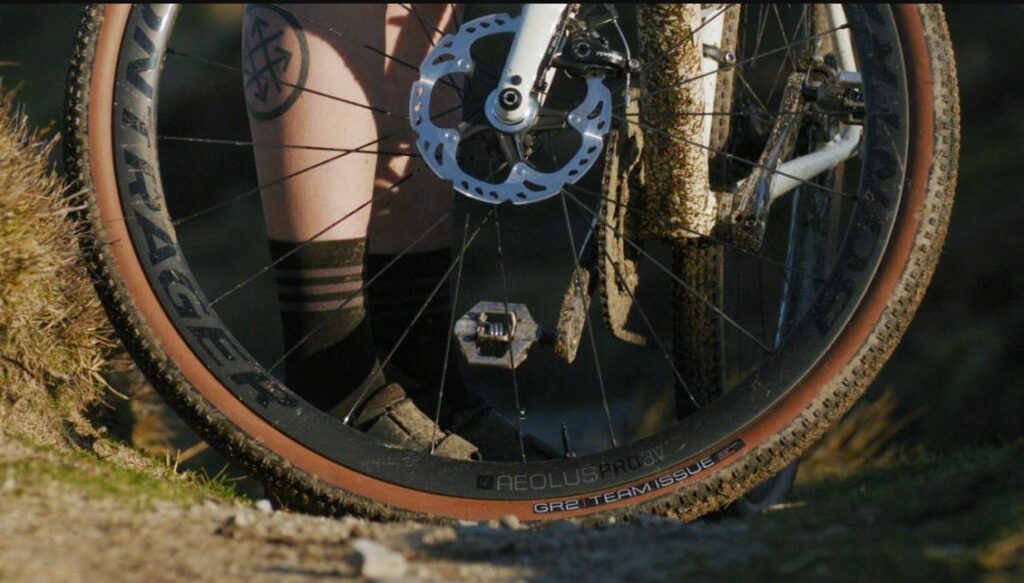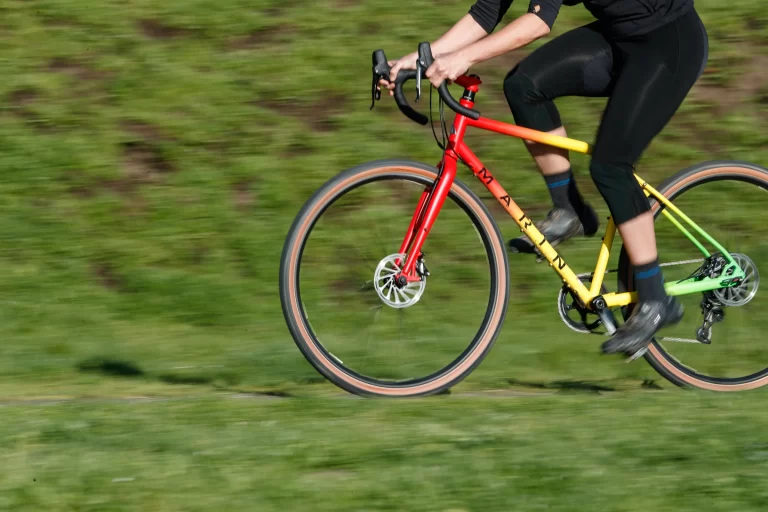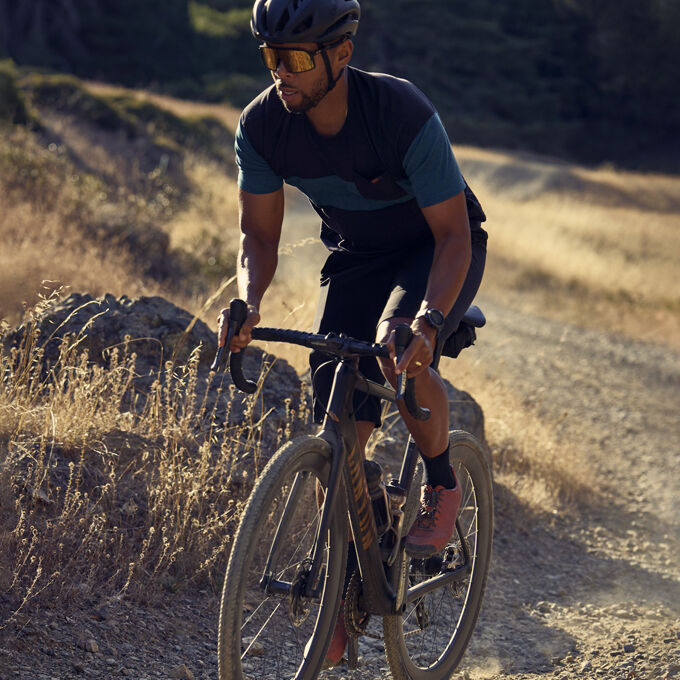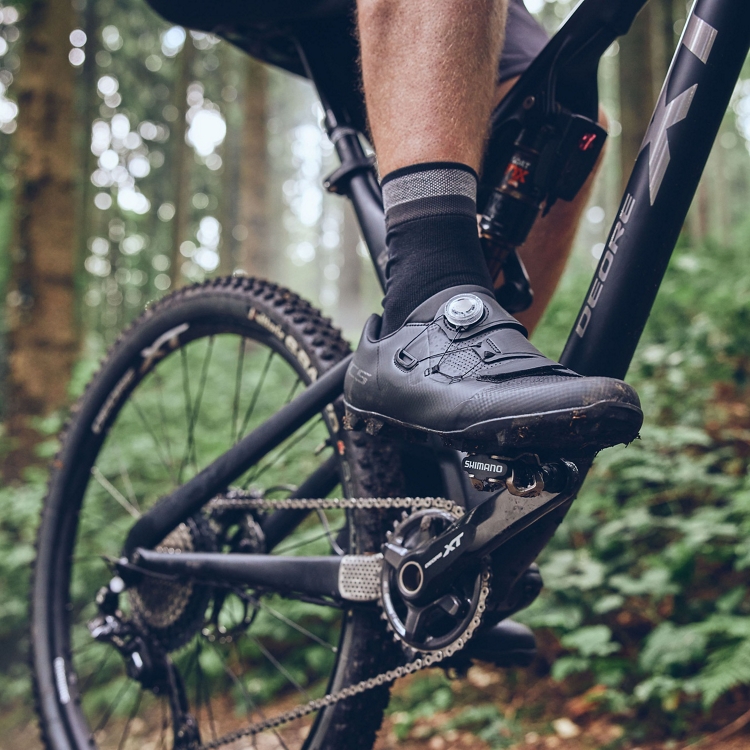Benefits and Drawbacks of Tubeless Setup for Road Biking

Key Point Summary of Benefits and Drawbacks of Tubeless Setup for Road Biking:
- Enhanced Ride Quality: Tubeless tires can run at lower pressures, improving comfort and traction.
- Reduced Risk of Flats: The liquid sealant in tubeless setups helps seal punctures almost instantly.
- Weight Savings: Eliminating tubes cut down on overall wheel weight.
- Setup Complexity: Requires specific rims and tires, plus the initial setup can be tricky.
- Maintenance Considerations: Sealant needs to be refreshed periodically, and not all punctures seal perfectly.
In the realm of road cycling, the journey from traditional tubed tires to a tubeless setup marks a significant shift towards efficiency, performance, and an unparalleled riding experience. As a seasoned cyclist with years of racing and riding across various terrains under my belt, I’ve navigated the transition to tubeless road bike tires, discovering a world where flats become rare and the road feels smoother beneath my wheels. This article aims to guide beginners and mid-level cyclists through the benefits and drawbacks of tubeless road biking.
The Journey to Tubeless: A Road Less Punctured
The allure of tubeless road bike tires first caught my attention during a gravel race, where the fear of punctures lurks behind every corner. The transition from traditional clinchers wasn’t just a leap of faith; it was a calculated decision influenced by years of battling flats at the most inopportune moments. The promise of fewer flats due to the self-sealing nature of tubeless setups was the initial draw, but the benefits extended far beyond just keeping the air in my tires.

Benefits of Going Tubeless
Ride Quality and Performance: The immediate difference I noticed was in the ride quality. Running lower tire pressures without the risk of pinch flats transformed the feel of the road. Every descent felt smoother, every corner gripped tighter. It wasn’t just about comfort; it was about confidence—confidence to push harder in corners and to glide over rough patches that would have rattled my bones with tubes.
Weight Savings: Though the difference might seem marginal to some, shedding the weight of inner tubes from my wheels was like unshackling chains I never knew I was dragging. This weight saving translates into quicker accelerations and an overall nimbler ride, something I hadn’t fully appreciated until my first climb on a tubeless setup.
Puncture Resistance: Perhaps the most tangible benefit came in the form of sealant magic. Witnessing a sharp thorn being pulled from a tire, only for the resulting hole to hiss briefly before falling silent as the sealant did its work, felt like witnessing a minor miracle. This isn’t to say flats are entirely a thing of the past, but they’ve become a rare inconvenience rather than a routine disruption.
Drawbacks and Considerations
The Setup Process: My initial foray into tubeless was not without its frustrations. Seating the tire onto the rim can feel like a Herculean task without the right tools (a compressor or a high-volume pump is almost essential). The learning curve was steep, marked by sealant spills and the occasional bead that refused to sit, but these trials faded in comparison to the benefits.
Maintenance: Tubeless tires require a bit more upkeep than their tubed counterparts. The sealant needs to be topped up or replaced every few months, a task that’s messy at best and downright inconvenient at worst. However, I found this to be a small price to pay for the overall improvements in ride quality and puncture resistance.
Compatibility and Cost: Not all rims and tires are tubeless-ready, and making the switch often means investing in new gear. This upfront cost can be a barrier for some, but for me, the investment has paid dividends in terms of performance and reduced maintenance costs over time.
Wrapping Up
The transition to tubeless road bike tires is not without its hurdles, but the benefits—improved ride quality, reduced risk of flats, and weight savings—far outweigh the initial setup complexities and maintenance considerations. For those contemplating the switch, my advice is to embrace the learning curve. The path to a tubeless setup might be punctuated with a few spills and stubborn beads, but the freedom it offers on the road is well worth the effort. Whether you’re grinding through a gravel race, descending a mountain pass, or simply enjoying the local scenery, tubeless tires offer a level of performance and peace of mind that, in my experience, is unmatched.

Selecting the best tubeless road bike wheels involves balancing factors like aerodynamics, weight, durability, and, of course, budget. Based on current trends, advancements in technology, and feedback from the cycling community, here’s a list of highly regarded tubeless road bike wheels that cater to a range of riding styles and preferences:
1. Zipp 303 Firecrest Tubeless
- Features: A versatile all-rounder, the Zipp 303 Firecrest offers an optimal balance between aerodynamics, weight, and durability. It’s designed for everything from climbing to fast flat rides, with a wide rim profile that pairs well with wider tires for improved comfort and performance.
2. Enve SES 3.4 Tubeless
- Features: With a focus on climbing and versatility, the Enve SES 3.4 wheels are light and stiff, making them perfect for both ascending mountains and speedy flat courses. The aerodynamic shape also ensures efficiency in varied wind conditions.
3. DT Swiss ARC 1100 Dicut db
- Features: Engineered for aerodynamics and speed, the DT Swiss ARC 1100 Dicut db wheels are ideal for triathletes and time trialists. They feature a deep rim profile and are optimized for crosswind stability, making them a fast choice in any condition.
4. Shimano Dura-Ace C40 Tubeless
- Features: Known for their reliability and performance, the Shimano Dura-Ace C40 wheels offer a great mix of light weight, stiffness, and aerodynamics. They’re suitable for a wide range of riding conditions, from racing to long endurance rides.
5. Mavic Cosmic Pro Carbon UST
- Features: The Mavic Cosmic Pro Carbon UST wheels provide excellent aerodynamics and low rolling resistance thanks to their UST tubeless setup. They strike a balance between weight and strength, making them a solid choice for racers and serious enthusiasts alike.
6. Bontrager Aeolus XXX 4 TLR
- Features: Offering a superb combination of aerodynamics, durability, and lightweight, the Bontrager Aeolus XXX 4 TLR wheels are built for all-around performance. Their tubeless-ready design ensures easy setup and a smooth, puncture-resistant ride.
When selecting tubeless road bike wheels, consider your specific riding needs, such as whether you prioritize speed, climbing, versatility, or a combination of these aspects. Additionally, ensure compatibility with your bike frame and braking system, whether it’s disc or rim brakes. Each of these wheelsets stands out for its quality and performance, but the best choice for you will depend on your individual preferences and riding style.

FAQ
Is it worth going tubeless on a road bike?
Yes, going tubeless on a road bike is worth it for many cyclists due to benefits like reduced flat tires, improved ride quality, and the ability to run lower tire pressures for better grip and comfort.
What are the disadvantages of tubeless bike tires?
Disadvantages of tubeless bike tires include a potentially messy and challenging initial setup, the need for regular maintenance such as adding sealant, and possible compatibility issues with certain rims and tires.
Do professional road cyclists use tubeless tires?
Some professional road cyclists do use tubeless tires, especially in races where reduced risk of punctures and improved ride quality are crucial. However, the adoption rate varies by team, race conditions, and personal preference.
Why do pros not ride tubeless?
Pros may not ride tubeless for several reasons, including the tradition and familiarity with tubular tires, which are still considered by some to offer the best performance in terms of weight, rolling resistance and ride feel. Additionally, in a professional racing context, the quick wheel changes provided by tubular tires can be critical, and some teams may not find the potential benefits of tubeless to outweigh these established advantages.





